Safety is the most important thing when you use a gas log splitter. You should follow these important safety tips to stay safe and not get hurt:
-
Always wear safety glasses and gloves.
-
Make sure nothing is around the log splitter.
-
Never use a 20 Ton Gas Log Splitter, 14 Ton Electric Log Splitter, or Landworks 20-Ton Log Splitter in a messy place.
-
Always use the log splitter on flat ground.
Follow these tips to keep yourself and others safe.
Key Takeaways
-
Always read the owner’s manual before you use your gas log splitter. This helps you learn about safety features and how to use it right. Wear safety glasses, gloves, and strong boots every time you split logs. These protect your eyes, hands, and feet from getting hurt. Check your log splitter for damage before each use. Make sure all safety features work. This helps stop accidents and keeps the machine working well.
Read the Manual
Why It Matters
You should read the manual before using gas-operated splitters. The manual tells you how to use the machine safely. Many people get hurt when they do not read it. If you know the safety features, you can protect yourself and others. The table below shows how each feature helps keep you safe:
|
Safety Feature |
Benefit |
|---|---|
|
Two-hand controls |
Keeps hands away from moving parts, reducing injury risk |
|
Safety shields |
Protects you from flying wood chips |
|
Automatic shut-off |
Stops the machine if something goes wrong, preventing accidents |
Most injuries happen when people do not follow safety rules. Machines made after 1995 have strong safety standards. Reading the manual helps you use these features the right way. You can avoid cuts and crushed fingers if you follow the instructions.
Key Points to Check
You should look for important details in the manual before you start. Here are some key things to remember:
-
Know how to turn the machine on and off fast.
-
Always wear gloves and safety glasses.
-
Keep your hands away from the splitting area.
-
Use gas-operated splitters outside for fresh air.
-
Pick the right splitter for the size of your logs.
Tip: Reading the manual helps you remember these steps every time you use your log splitter. This habit keeps you safe and helps your machine last longer.
Wear Protective Gear

Wearing the right protective gear keeps you safe when you use a gas log splitter. You should always prepare before you start splitting logs. Each piece of gear protects you from a different type of injury.
Safety Glasses and Goggles
Your eyes need strong protection from flying wood chips and debris. Safety glasses with polycarbonate lenses work best. These lenses are at least five times stronger than glass and much stronger than regular plastic. They can stop sharp pieces from reaching your eyes. Experts say that safety glasses or goggles can prevent serious eye injuries, even if something hits your face at high speed. For extra safety, you can wear a face shield with your glasses. This extra step helps block large pieces that might fly up while you work.
Tip: Always check your safety glasses for cracks or scratches before you use them.
Gloves and Work Boots
You should wear gloves and sturdy boots every time you use a log splitter. Gloves help protect your hands from splinters and rough wood. Some people use welding gloves for extra padding. Work boots, especially rigging boots, help keep your feet safe. Rigging boots can slip off if a log falls on your foot, which may prevent crushing injuries. Regular laced boots might not come off as easily. While gloves cannot stop the full force of a log splitter, they still help you avoid cuts and scrapes.
-
Wear gloves to protect your hands from splinters.
-
Choose rigging boots to help prevent foot injuries.
-
Make sure your boots fit well and cover your ankles.
Avoid Loose Clothing
Loose clothing, scarves, and jewelry can get caught in moving parts. You should wear fitted clothes when you use a gas log splitter. This simple step helps prevent your clothes from getting pulled into the machine. Many safety experts warn against wearing anything that hangs or dangles. Keeping your clothing tight and secure lowers your risk of getting hurt.
Note: Always tuck in your shirt and remove any jewelry before you start working.
Prepare the Work Area

Clear Safety Zone
You need to set up a safe zone before you start using your log splitter. Remove any tools, branches, or clutter from the area. This step helps you avoid tripping or slipping while you work. Ask others to stay away from the work area. Only people who help you should be close. You keep everyone safer by making sure the area is clear. Always check for pets or children before you begin.
Tip: Mark the safe zone with cones or tape so everyone knows where not to stand.
Stable, Level Ground
Always place your log splitter on level ground. Uneven ground can cause the machine to shake or tip over. When you use a log splitter on sloped or angled ground, vibrations make it unstable. This can lead to accidents or the machine falling over. Stable, level ground keeps your log splitter steady and helps you work safely. You should lock the wheels before you start splitting logs. Lock the wheels again if you move the machine to a new spot. This step stops the log splitter from rolling while you work.
-
Place on level ground every time you set up.
-
Lock the wheels before you begin and after moving the machine.
Good Lighting
Good lighting helps you see what you are doing. You need to spot any hazards in the area and watch your hands as you work. If you work outside, try to use your log splitter during the day. If you must work at night or in a dim garage, set up bright lights around your work area. Shadows can hide dangers, so check that every part of the ground is easy to see. Lock the wheels and double-check your setup before you start working.
Note: Never use a log splitter in a dark or poorly lit area. You lower your risk of accidents when you can see clearly.
Inspect the Gas Log Splitter
Check for Damage
Always look over your log splitter before you use it. Check for any damage or worn-out parts. If you see cracked hoses, leaking fluid, or loose bolts, fix them first. Broken parts can make the machine stop working or hurt you. Most problems happen because of hydraulic or electrical issues. About 40% of log splitter problems are from hydraulic trouble. Over 30% come from electrical problems when people do not check their machines.
-
Clean out anything blocking the hydraulic system.
-
Listen for odd sounds that might mean loose parts.
-
Change and add new hydraulic fluid to keep it clean.
-
Look at hoses and fittings for cracks or leaks.
-
Wipe down the log splitter after each use to stop dirt from building up.
-
Oil the machine to help it last longer.
|
Statistic Description |
Percentage / Impact |
|---|---|
|
Log splitter malfunctions due to hydraulic problems |
Up to 40% |
|
Electrical failures caused by improper handling/lack of inspection |
Over 30% |
|
Equipment with consistent maintenance experiences fewer failures |
35% fewer failures |
|
Lifespan extension by maintaining a clean hydraulic system |
Up to 25% |
|
Downtime and repair cost reduction from proactive seasonal maintenance |
Up to 15% |
Safety Features
Check that all safety features work before you use your gas log splitter. Make sure the two-hand controls work fast. Safety shields should be in place to block flying wood chips. Automatic shut-off switches must stop the machine right away if something is wrong. If you skip these checks, you could get hurt or break the machine. Machines with regular care and working safety features break down 35% less and last up to 25% longer.

Checking your log splitter helps you save money and keeps everyone safe. Always take a few minutes to look over your machine before splitting logs.
Log Splitter Safety Tips
Safe Operation
You need to follow clear safety tips every time you use a gas log splitter. Start by wearing goggles, gloves, and steel-toed boots. These protect you from flying wood chips and falling logs. Always lock the wheels before you begin. This keeps the log splitter from moving while you work. Place the machine on flat, stable ground to prevent tipping.
Operate the log splitter with focus. Never use your feet or legs to move logs while the machine runs. Adjust logs only before you start the splitter. Stand to the side of the log splitter, not in front of it. This position keeps you out of the path of moving parts and flying debris. Do not overreach or use the splitter as a step. You lower your risk of falling or getting hurt.
Keep a safe distance between yourself, helpers, and the machine. Ask children and pets to stay far away from the work area. Only people helping should be near the log splitter. Never operate the machine if you feel tired or distracted. Do not use the log splitter if you have used alcohol or drugs. These substances slow your reaction time and increase the chance of injury.
Tip: Always split one log at a time. Overloading the machine can cause jams and damage.
Hand and Body Position
Proper hand and body position is one of the most important log splitter safety tips. Keep your hands away from moving parts at all times. Use the metal frame or pusher to move logs toward the wedge. Never press logs with your hands, especially on the sides. If a log shifts, your fingers could get caught and crushed.
Stand to the side of the log splitter when you work. This position helps you avoid pinch points and flying debris. Do not lean over the machine or place your body between moving parts. Stay alert and avoid distractions like cell phones or headphones. If you work with a partner, talk about your plan before you start. Make sure both of you know where to stand and how to stay safe.
Wear gloves and sturdy boots to protect your hands and feet. These help prevent cuts, scrapes, and crush injuries. Plan your work and use the right tools. Do not take shortcuts. Always follow the manufacturer’s instructions for safe operation.
Note: Set up a clear area for split wood and splinters. This keeps your workspace safe and organized.
Never Leave Unattended
You must never leave a running gas log splitter unattended. If you need to step away, turn off the splitter first. This simple step prevents accidents and keeps everyone safe. Children and pets may wander into the area if you leave the machine running. Always check that the log splitter is off before you walk away.
Do not let helpers or observers stand too close. Keep everyone at a safe distance from the machine. Remind children and pets to stay out of the work zone. If you finish splitting logs or need to move the machine, turn off the splitter and lock the wheels.
Safety Reminder: Overloading the machine or leaving it running can cause serious accidents. Always stay alert and in control.
What to Avoid
Enclosed Spaces
Never use a gas log splitter inside a garage, shed, or any enclosed area. Gas engines create carbon monoxide (CO), a deadly gas you cannot see or smell. Many people think opening a window or using a fan makes it safe, but this is not true. A 1993 NIOSH survey showed that more than half of people believed some ventilation was enough. Workers in CO poisoning cases often thought open windows or exhaust fans would protect them, but poisoning still happened. You can put yourself and others at risk, especially if you work hard and breathe faster. Without a CO detector, you may not know when levels become dangerous.
-
Gas-powered equipment can fill a space with CO quickly.
-
Several people can get sick at the same time in an enclosed area.
-
CO detectors help, but the safest choice is to work outdoors.
Tip: Always use your gas log splitter outside in open air. Never trust partial ventilation.
Distractions
Stay focused when you use a gas log splitter. Phones, music, or talking with others can take your attention away from the machine. Even a quick distraction can lead to serious injury. You should keep your eyes on your work and avoid multitasking. Remind helpers to stay alert, too.
Hot Surfaces
Gas log splitters get hot during use. The engine, muffler, and hydraulic lines can burn your skin if you touch them. Always let the machine cool down before you move or clean it. Wear gloves and watch for warning labels on hot parts. Teach others to stay away from these areas while the splitter is running.
Emergency Safety
Quick Shut-Off
You must know how to stop your gas log splitter fast in an emergency. Always check the location of the shut-off switch before you start. Practice reaching it with one hand so you can act quickly if something goes wrong. If a log gets stuck or you see a problem, turn off the machine right away. Never try to fix a jam while the splitter is running.
Steps for a Quick Shut-Off:
-
Remove your hands from the controls.
-
Hit the emergency stop or shut-off switch.
-
Wait for all moving parts to stop.
-
Disconnect the spark plug wire if you need to make repairs.
⚠️ Tip: Show helpers and family members where the shut-off switch is. This helps everyone stay safe.
First Aid
Accidents can happen even when you follow all safety rules. You should keep a first aid kit near your work area. Make sure the kit has bandages, antiseptic wipes, and gloves. If you get a cut or scrape, clean the wound and cover it right away. For serious injuries, like deep cuts or crushed fingers, call 911.
|
Injury Type |
What You Should Do |
|---|---|
|
Minor cut |
Clean, apply pressure, bandage |
|
Splinter |
Remove with tweezers, clean area |
|
Burn |
Cool with water, cover loosely |
|
Serious injury |
Call 911, keep calm, stay still |
🩹 Note: Review first aid steps before you start splitting logs. Quick action can prevent bigger problems.
You can stay safe by following these important steps:
-
Read the owner’s manual before you start.
-
Wear safety glasses, gloves, and boots.
-
Inspect your log splitter for damage.
Review these tips every time. Safe log splitting helps you work confidently and avoid injuries. 🪓
FAQ
How often should you inspect your gas log splitter?
You should inspect your gas log splitter before every use. Look for leaks, loose bolts, and worn parts. Regular checks help prevent accidents.
Can you split logs in the rain?
No, you should not use a gas log splitter in wet conditions. Water can cause slips and damage the machine. Always wait for dry weather.
What should you do if a log gets stuck?
-
Turn off the log splitter.
-
Wait for all parts to stop.
-
Remove the log with a tool, not your hands.


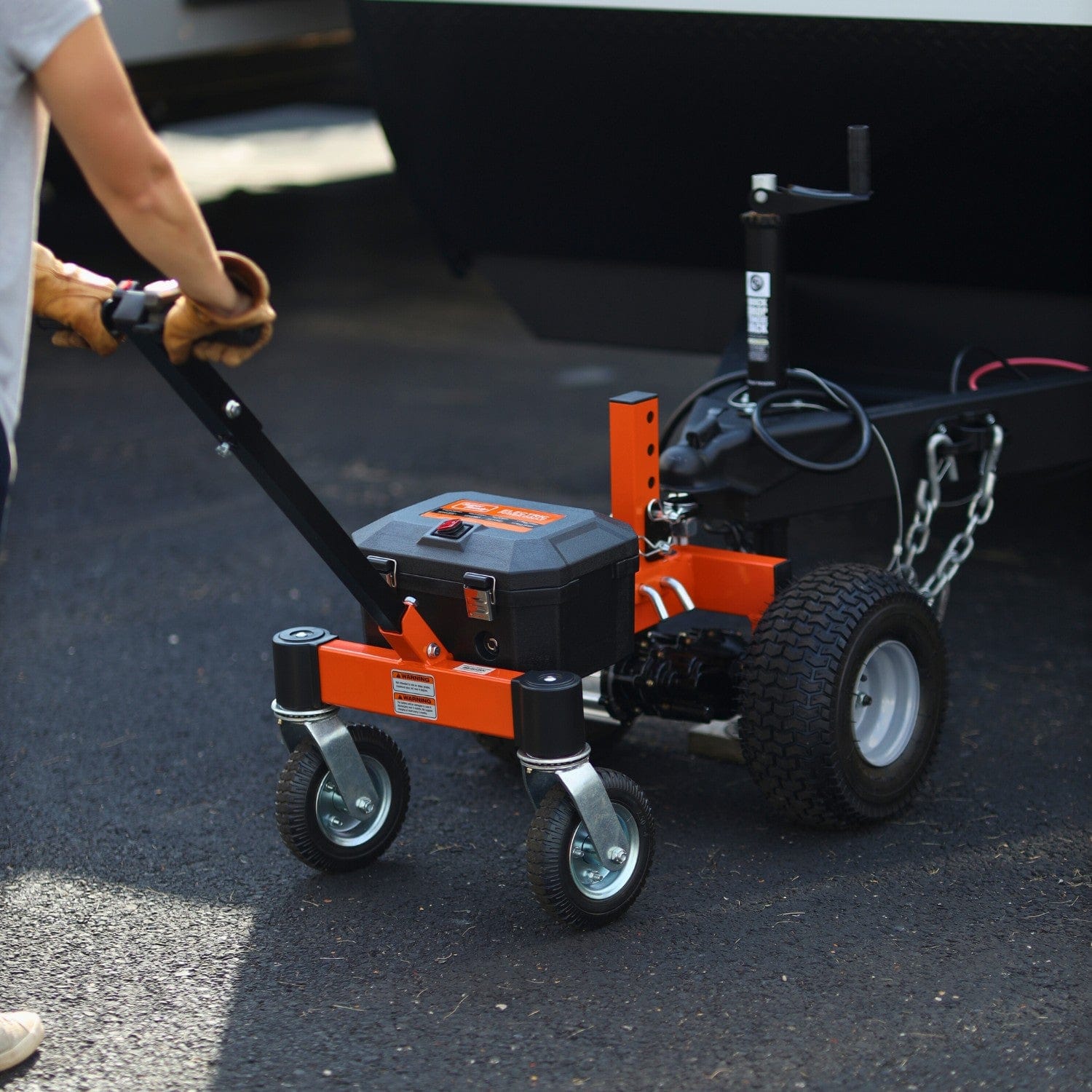
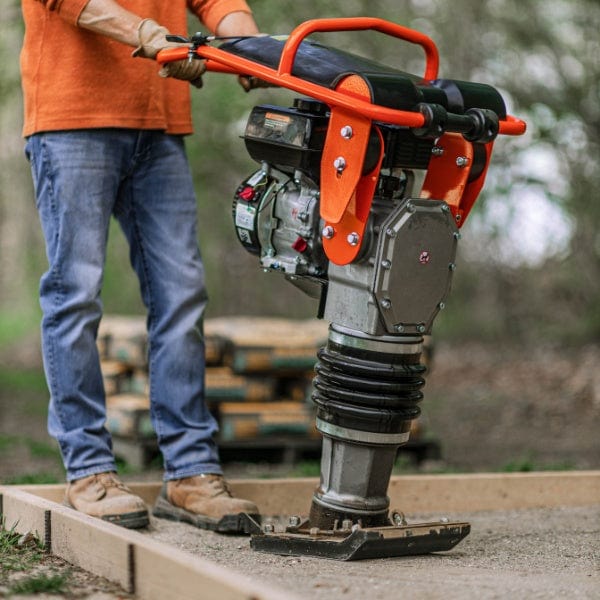
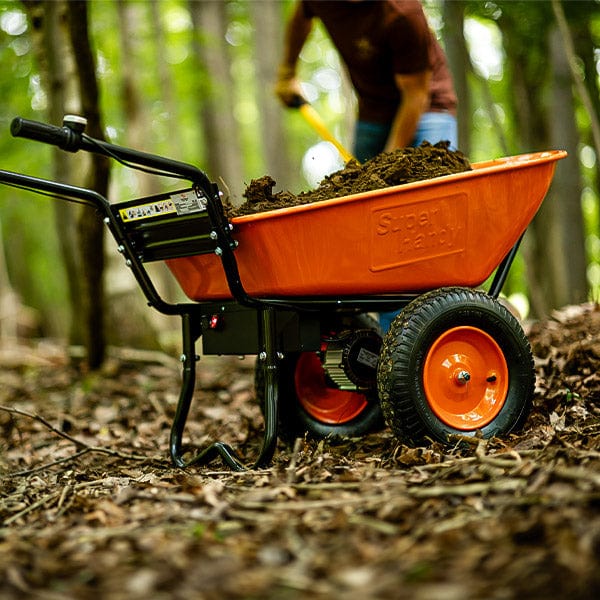


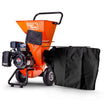
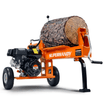

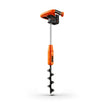
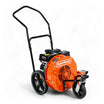
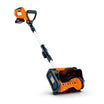
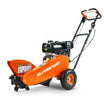
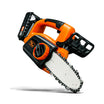

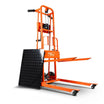
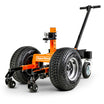
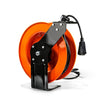
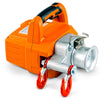


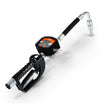
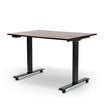
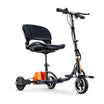
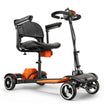
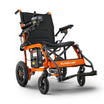



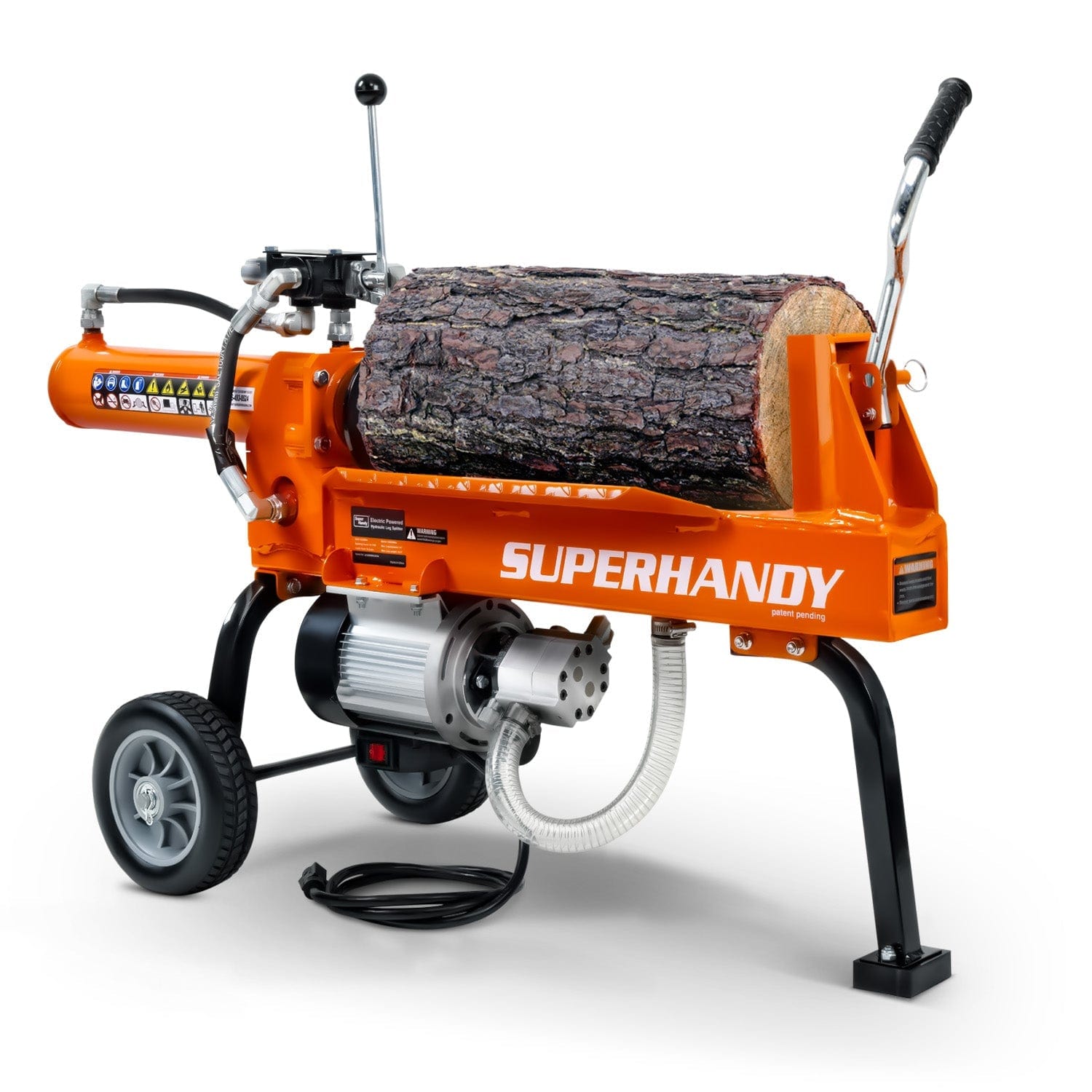
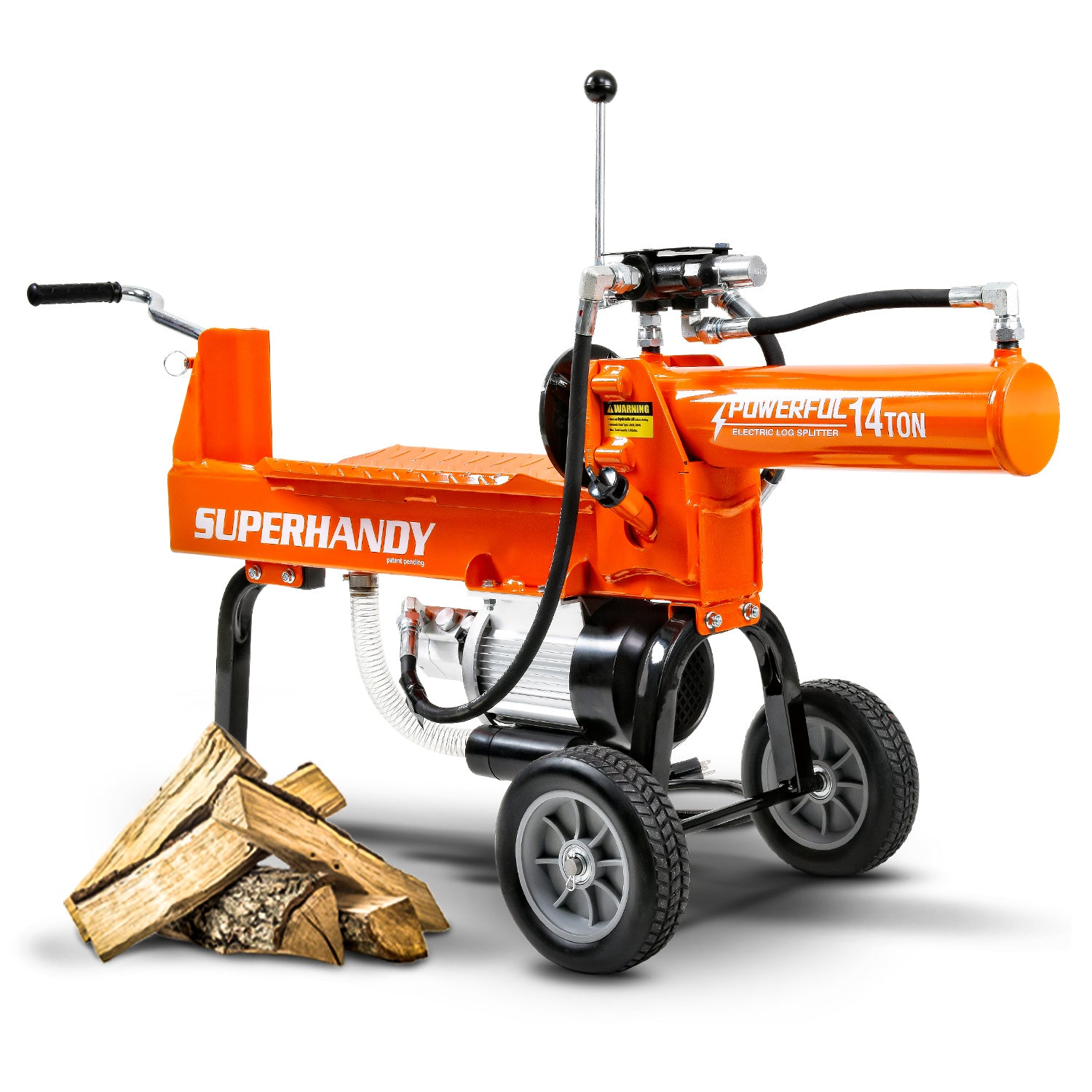
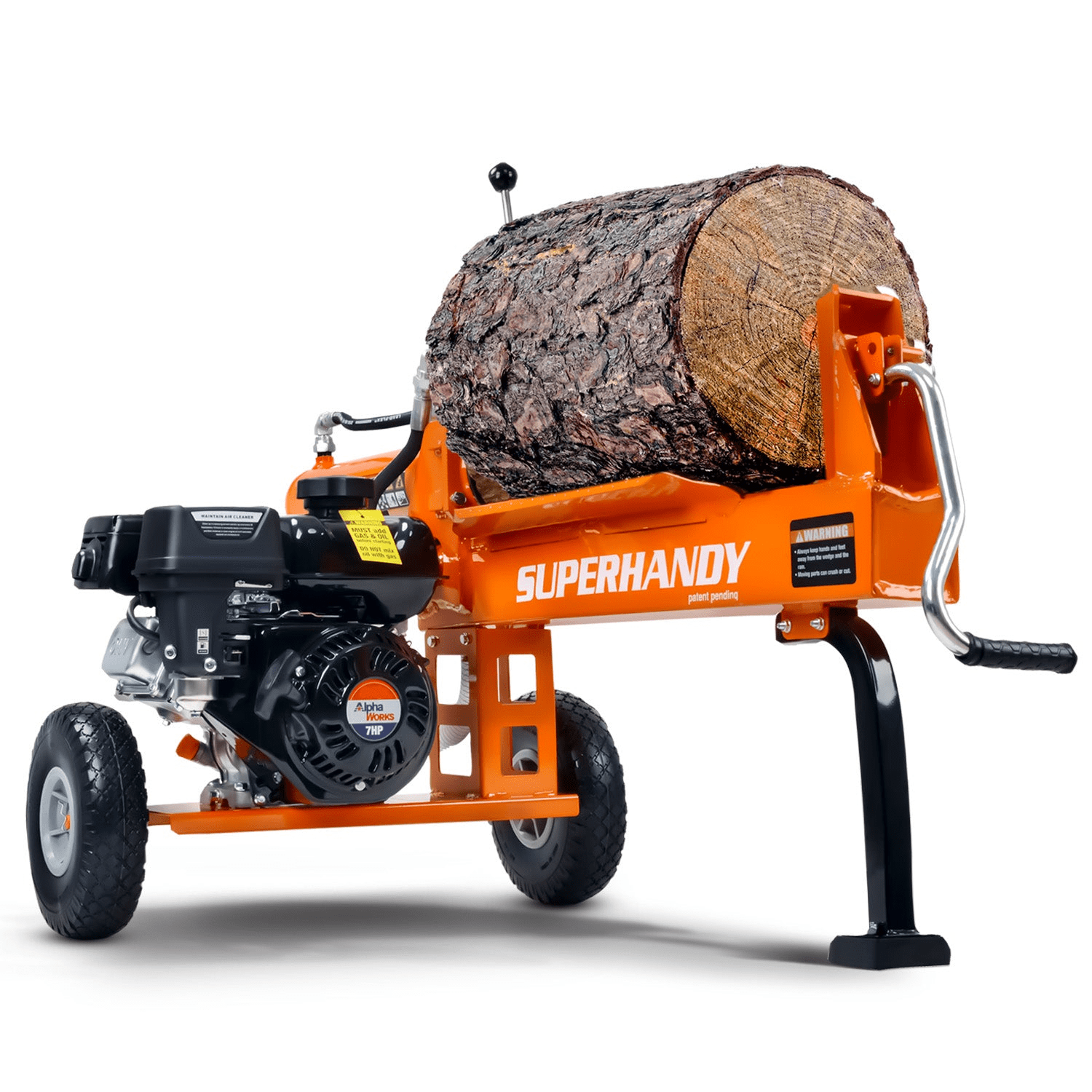
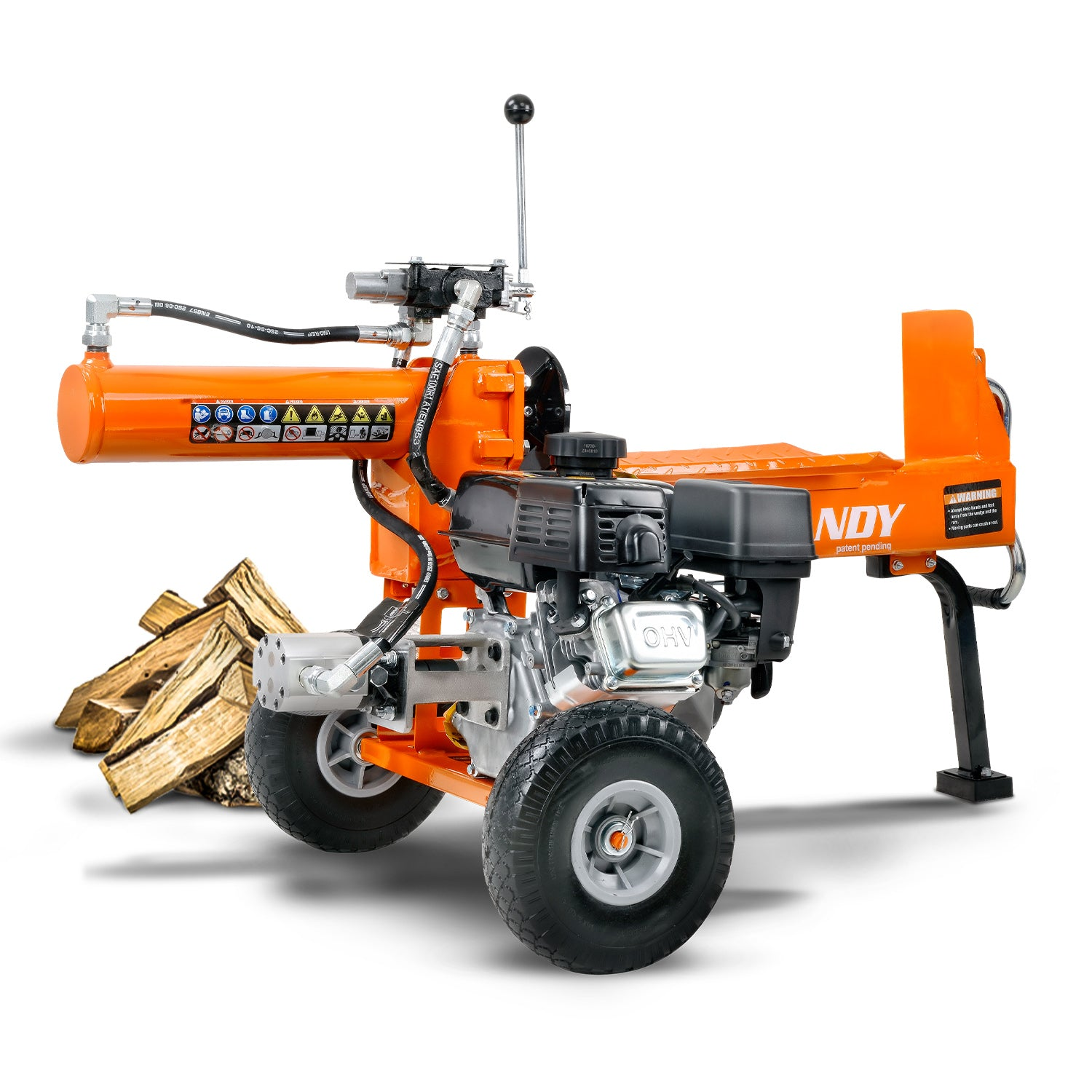
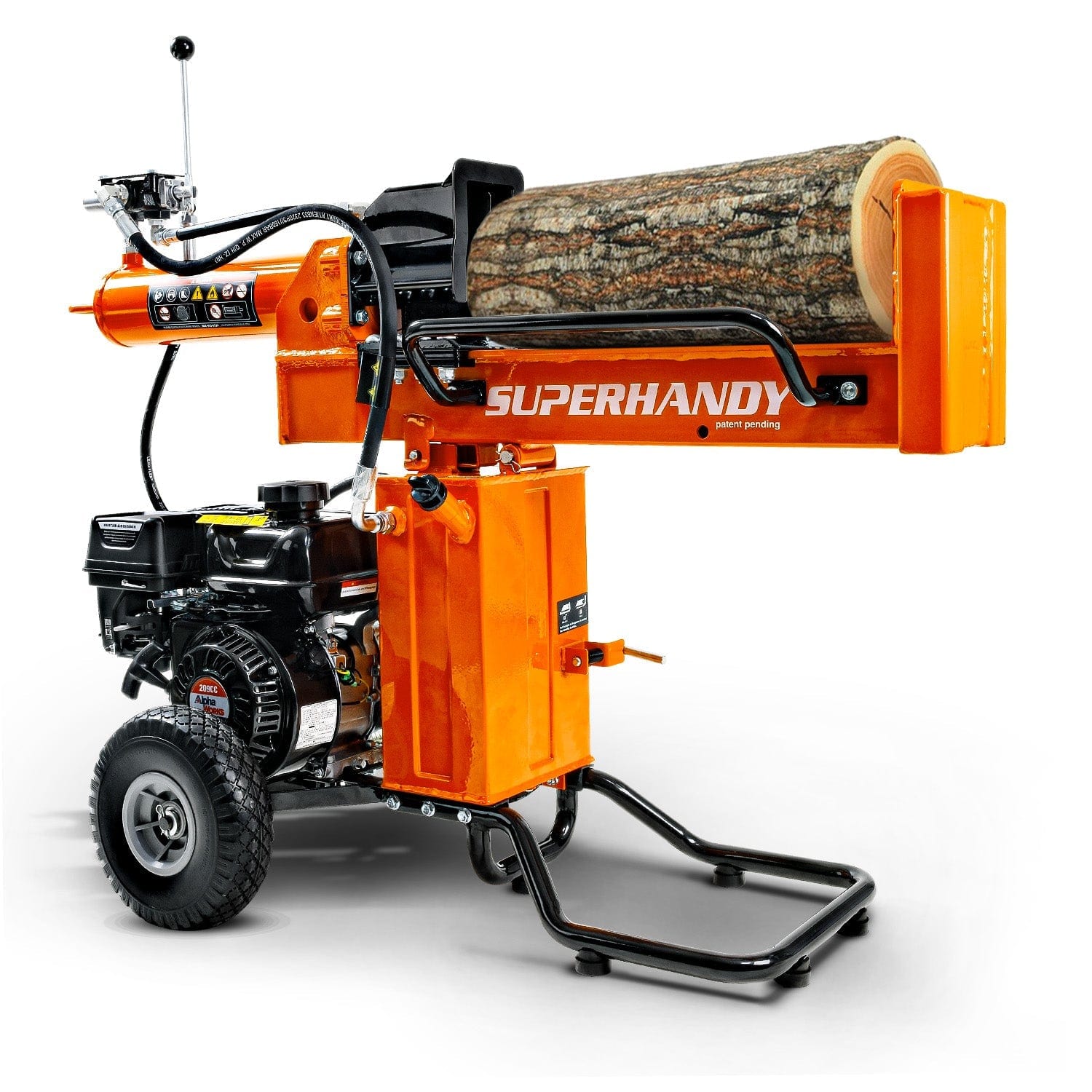
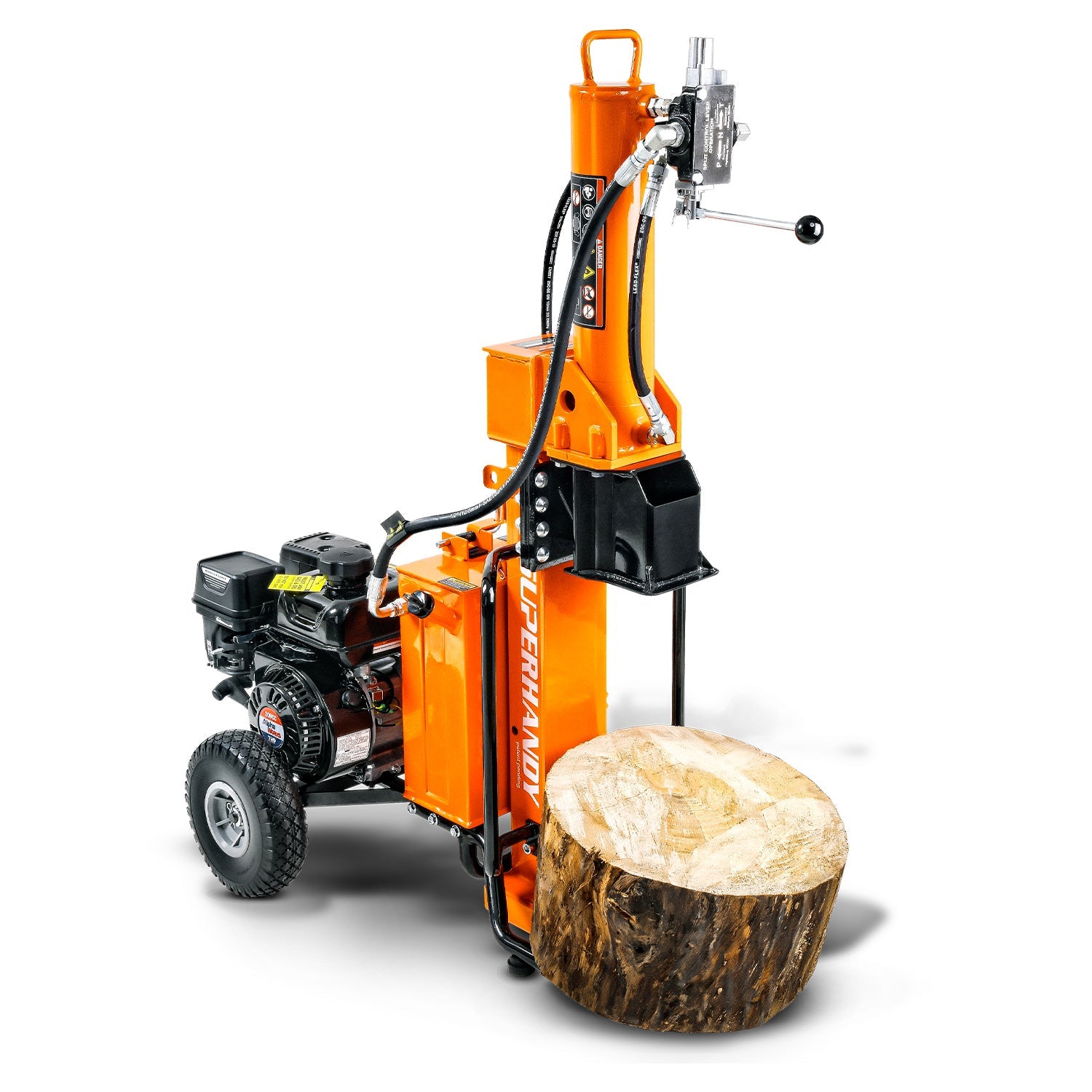
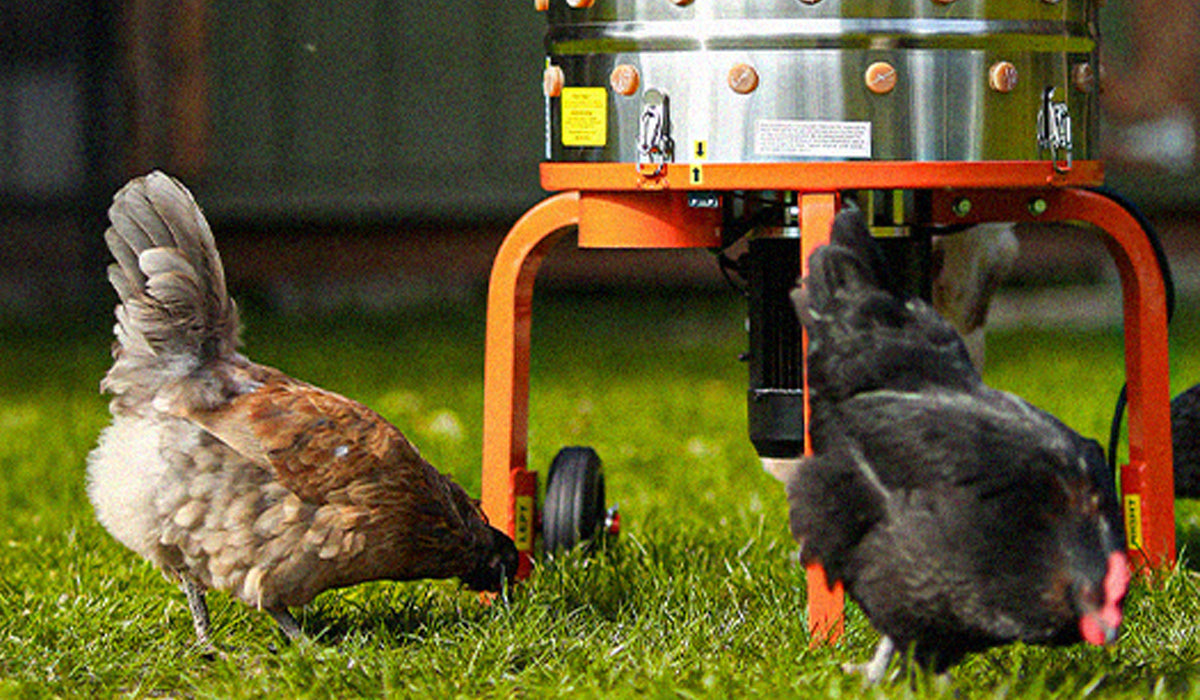

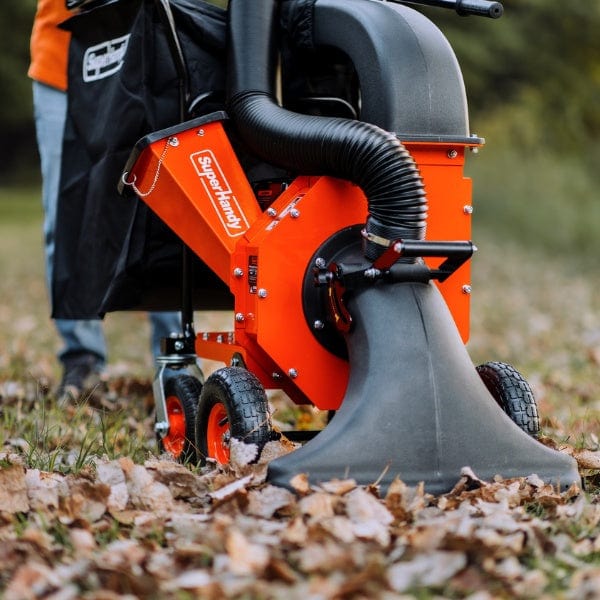
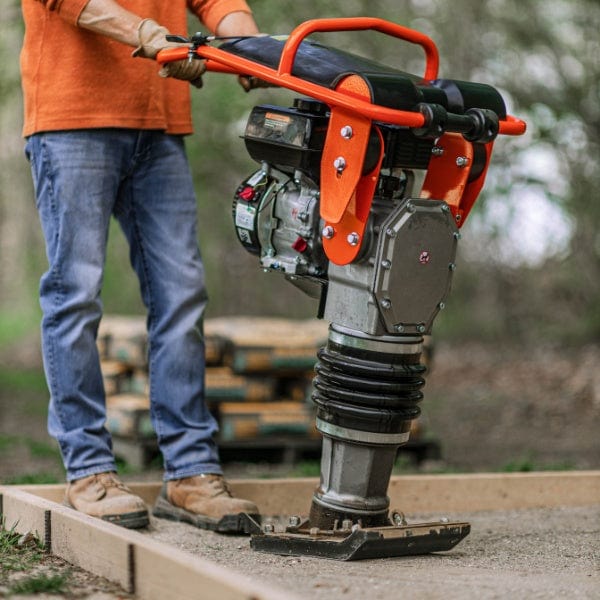

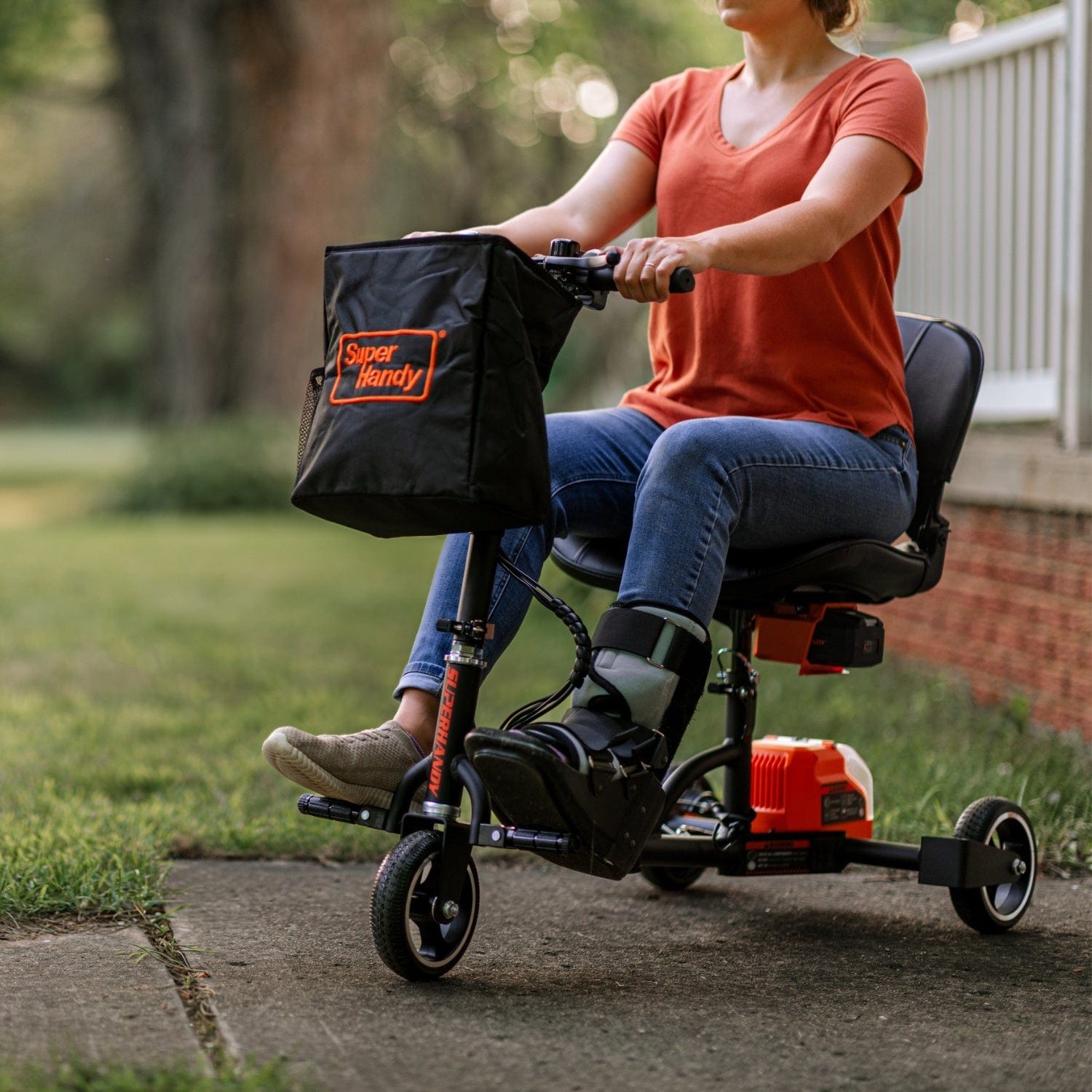
Leave a comment
All comments are moderated before being published.
This site is protected by hCaptcha and the hCaptcha Privacy Policy and Terms of Service apply.